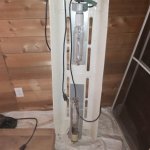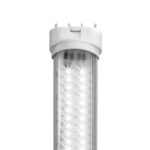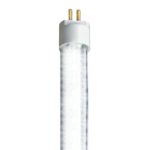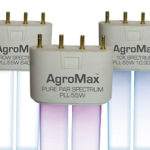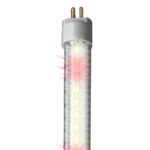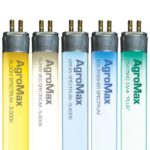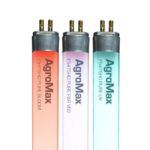acespicoli
Well-known member
Ceramic Metal Halide (CMH)
Some basic info: Ceramic Metal Halide lamps are currently not available in sizes over 400 watts. Philips is working on it, however there is no ETA. The CMH lamps 150w and lower should work with digital ballasts. 250w and 400w CMH lamps will NOT work with ANY digital ballast EXCEPT the ones...
www.icmag.com
Battle of the bulbs... Which HPS 600 vs 1000
Had some pre conceived notions about this one, id like to see what everyone else thinks The question is which one is better ? Why ?
www.icmag.com
Side by side grow. 630 CMH vs 1000HPS
Hey all.. I wanted to share this side by side grow to more of the audience in this forum. My thread in the grow diaries " 8k coco grow show" is rather huge, and I think this will tend to get lost and not seen by many on here. I figured this section would be a good one to post this in...
www.icmag.com
Last edited:

